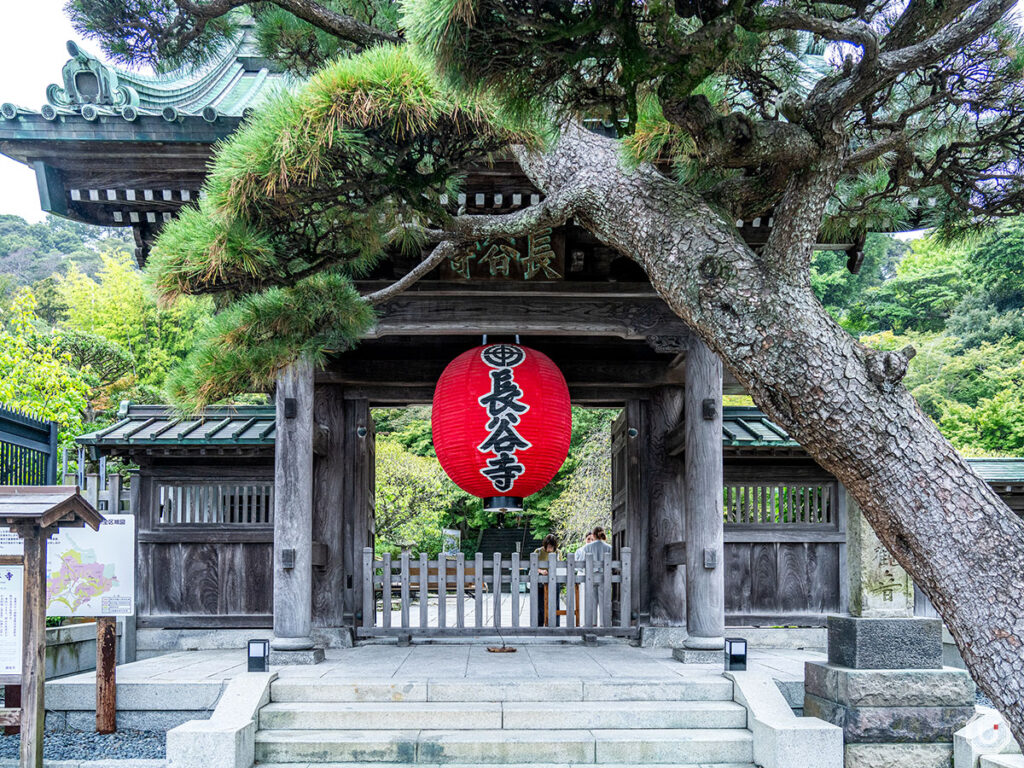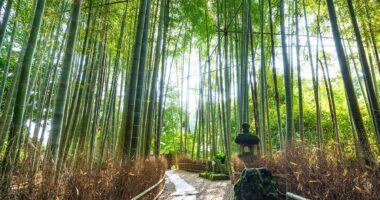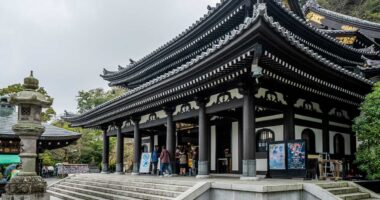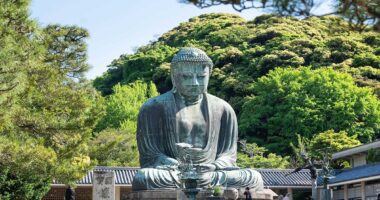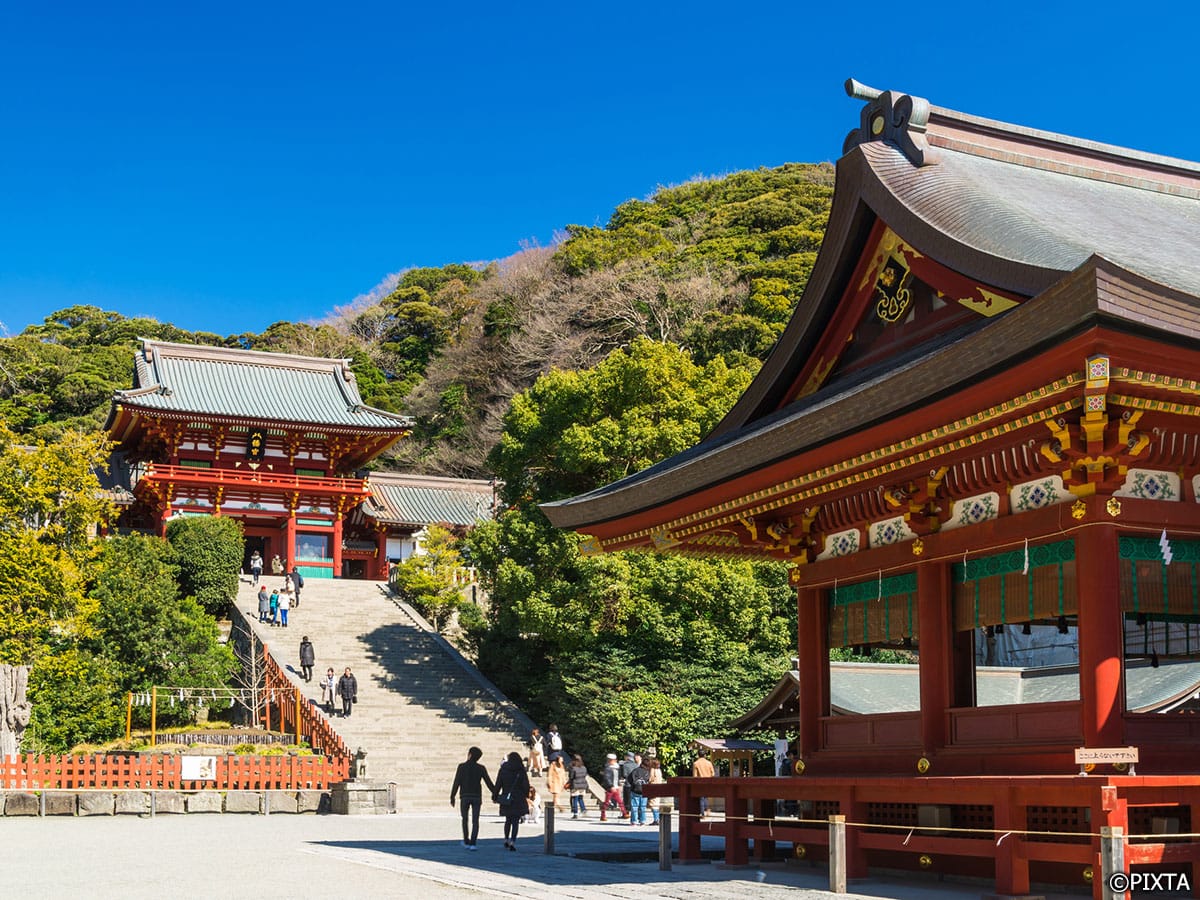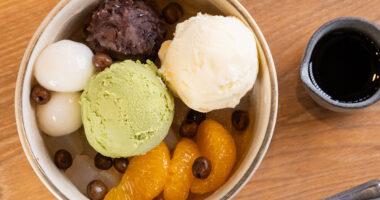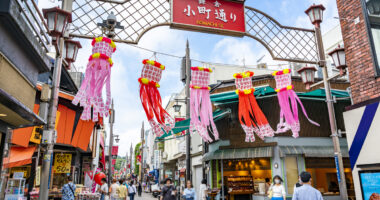Just south of Tokyo, Kamakura and Enoshima make for an easy and rewarding day trip—often paired together thanks to their close proximity and the scenic Enoden railway that links them. But while they share a train line, the two destinations offer very different experiences. Kamakura is rooted in history, known for its grand temples, samurai heritage, and serene shrines. Enoshima, by contrast, is a breezy island escape with coastal views, quirky attractions, and a laid-back atmosphere. Whether you’re choosing between them or hoping to see both in a single day, your decision comes down to pace and personal interest.
Side-by-side comparison: Kamakura and Enoshima at a glance
Let’s look at the core characteristics of each destination:
| Feature | Kamakura | Enoshima Island |
|---|---|---|
| Primary appeal | History, temples, shrines, traditional culture, the Great Buddha, Zen gardens | Coastal scenery, marine life, shrines, caves, casual island walks, beaches |
| Vibe | Serene, historical, spiritual, traditional | Lively, casual, resort-like, scenic, nature-oriented |
| Key attractions | Great Buddha (Kōtoku-in Temple), Tsurugaoka Hachimangu Shrine, Hase Kannon Temple, Zen temples, Komachi-dōri Street | Enoshima Shrine, Enoshima Sea Candle, Iwaya Caves, Enoshima Aquarium, beaches |
| Transportation | JR Yokosuka Line/Shōnan–Shinjuku Line or Odakyu/Enoden to Kamakura Station | Odakyu Line or Enoden to Enoshima Station or Katase-Enoshima Station |
| Best for | Culture lovers, history buffs, spiritual travelers | Nature lovers, families, couples, beachgoers, casual explorers |
| Walkability | Central area walkable; some temples require short bus or train rides | Mostly walkable but hilly; stairs and paid escalators on the island |
Choose based on your travel interests
The best destination for you depends on what kind of experience you’re after. Here’s how to decide:
Reasons to choose Kamakura
- If you are drawn to history, temples, and Japan’s samurai-era legacy
- If you want to see the iconic Great Buddha (Daibutsu)
- If you enjoy peaceful walks through temple grounds and Zen gardens
- If you like traditional shopping streets lined with crafts and local treats
Top highlights: The colossal Great Buddha at Kōtoku-in Temple, Hasedera (Hase Kannon Temple) with ocean views and its Kannon statue, the grand Tsurugaoka Hachimangu Shrine, and the bustling Komachi-dōri shopping street.
Reasons to choose Enoshima
- If you prefer nature, ocean views, and a relaxed, beach-town atmosphere
- If you enjoy exploring caves and quirky island paths
- If you are interested in marine life and ocean-themed attractions
Top highlights: The sprawling Enoshima Shrine complex, Sea Candle observation tower, Iwaya Caves, Enoshima Aquarium, and the island’s popular beaches.
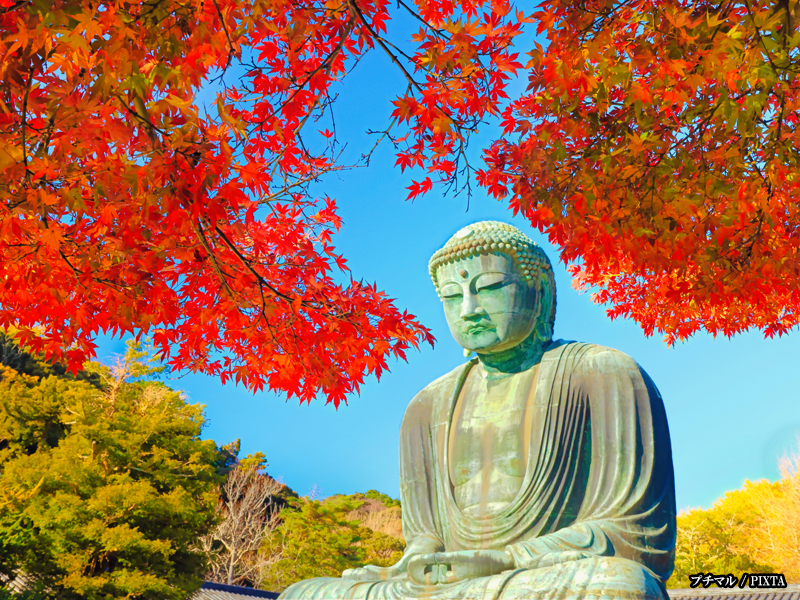
Photo for illustrative purposes
Can you visit both in one day? Yes, here’s how
Visiting both Kamakura and Enoshima in a single day is entirely feasible, especially if you start early and focus on a few key sights. The Enoden Line connects the two destinations and makes a combined itinerary both convenient and scenic.
Recommended 1-day itinerary
- Morning (Tokyo to Kamakura):
- Depart Tokyo around 8:00 AM–8:30 AM
- Option A (JR Pass users): Take the JR Yokosuka Line directly to Kamakura Station (approx. 1 hour).
- Option B (No JR Pass, budget focus): Take the Odakyu Line from Shinjuku to Fujisawa Station, then transfer to the Enoden Line to Kamakura Station (approx. 1.5 hours total).
Tip: The Odakyu Enoshima-Kamakura Free Pass covers the round trip from Shinjuku and unlimited rides on the Enoden Line.
- Sightseeing in Kamakura:
- Walk along Komachi-dōri Street to browse for souvenirs and snacks.
- Visit Tsurugaoka Hachimangu Shrine (1–1.5 hours).
- From Kamakura Station, take the Enoden Line two stops to Hase Station.
- Explore Hasedera and Kōtoku-in Temple (home of the Great Buddha). Both are within walking distance of Hase Station (2–2.5 hours total, or 1–1.5 hours individually).
- Lunch: Grab a quick bite in central Kamakura or near Hase Station.
- Depart Tokyo around 8:00 AM–8:30 AM
- Afternoon (Kamakura to Enoshima):
- From Hase Station or Kamakura Station, take the Enoden Line towards Fujisawa.
- Get off at Enoshima Station (about 10–15 minutes from Hase).
- Walk across the bridge to Enoshima Island, then
- Climb (or take paid escalators) to Enoshima Shrine.
- Continue up to the Enoshima Sea Candle observation tower for panoramic views, especially lovely as the sun starts to go down (1.5–2 hours total).
- If time allows, explore the Iwaya Caves (check closing times) or spend some time by the beach.
- Evening (departure from Enoshima/Fujisawa):
- Enjoy sunset views from Enoshima’s coast.
- From Enoshima Station, take the Enoden Line back to Fujisawa Station.
- From there, catch the Odakyu Line (Rapid Express or Express) to Shinjuku Station (approx. 1 hour).
- Dinner: Either dine near Enoshima/Fujisawa or back in Tokyo, depending on timing.
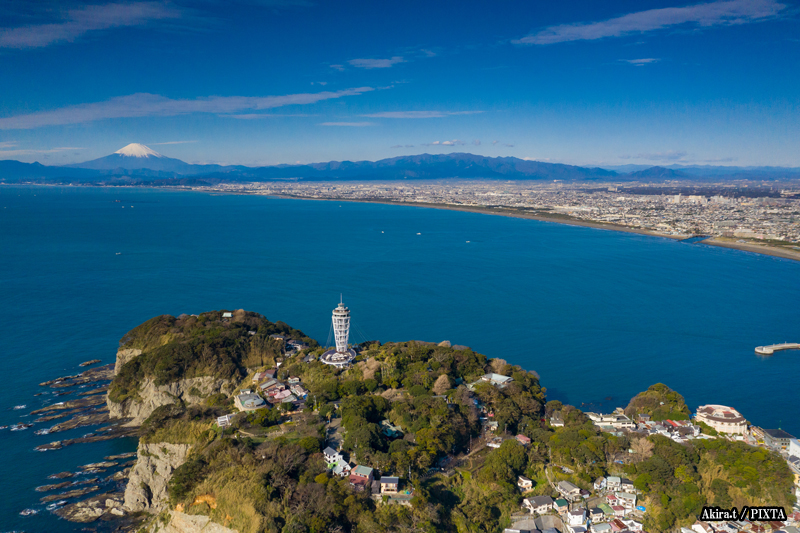
Photo for illustrative purposes
Tips for a combined day trip
- Prioritize: You won’t see everything. Focus on 2–3 top sights in Kamakura and 1–2 in Enoshima.
- Walk efficiently: Limit downtime and long detours.
- Pack light: Avoid carrying anything bulky or heavy.
- Hydrate: Bring water, especially in summer.
- Wear comfortable shoes: You’ll be walking and climbing quite a bit.
Final thought: Kamakura vs Enoshima, or both?
Kamakura and Enoshima offer very different experiences, but both make for a rewarding day trip from Tokyo. Kamakura is rooted in tradition and history, while Enoshima leans coastal and casual.
If you’re short on time, choose based on what interests you most—temples and heritage, or ocean views and island exploration. But with an early start and a bit of planning, you can comfortably enjoy the highlights of both in a single, well-paced day.
